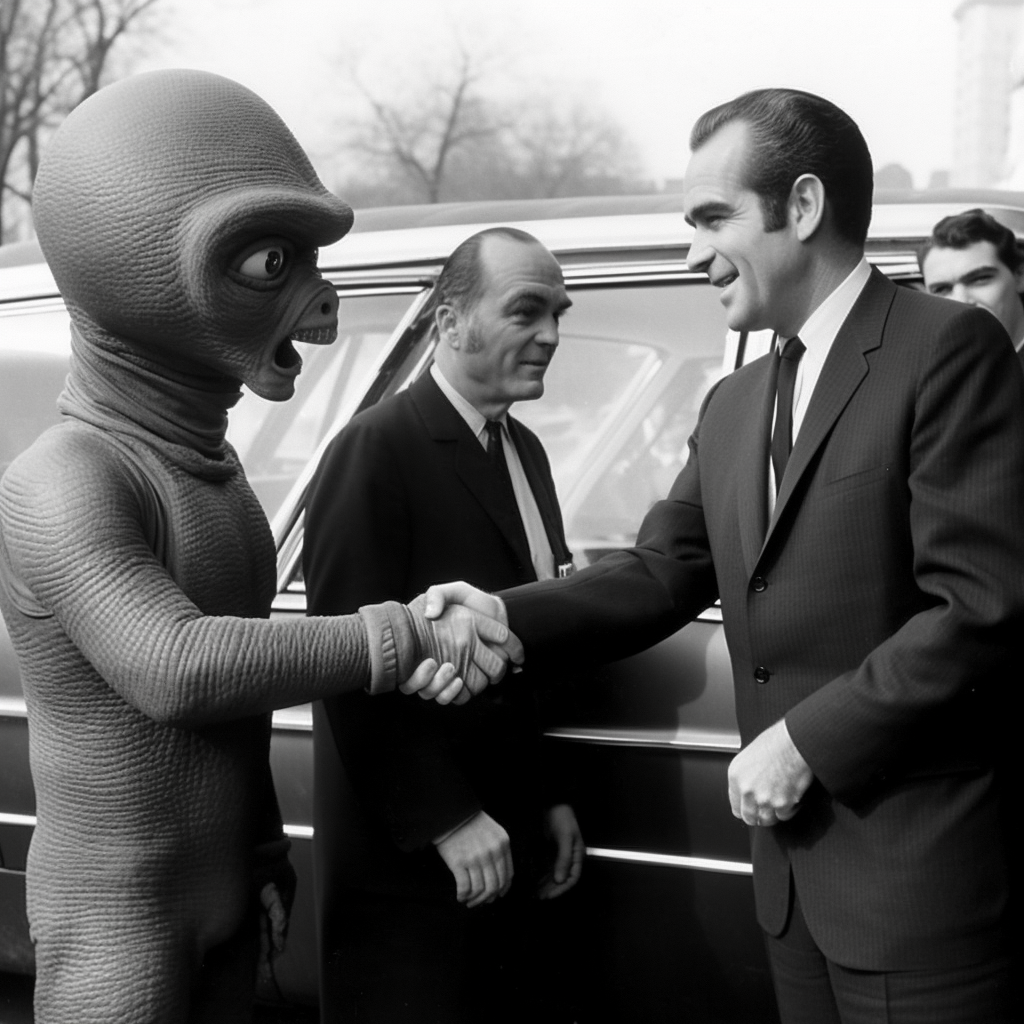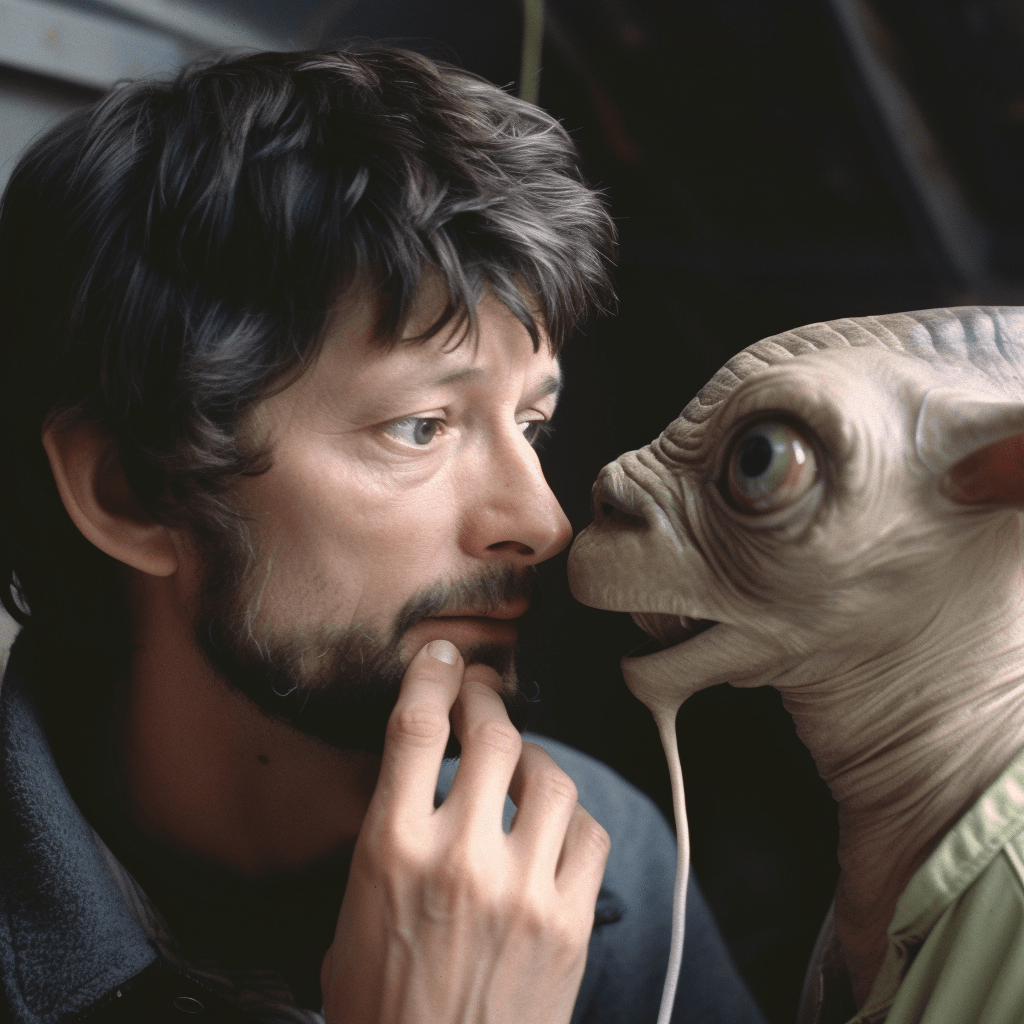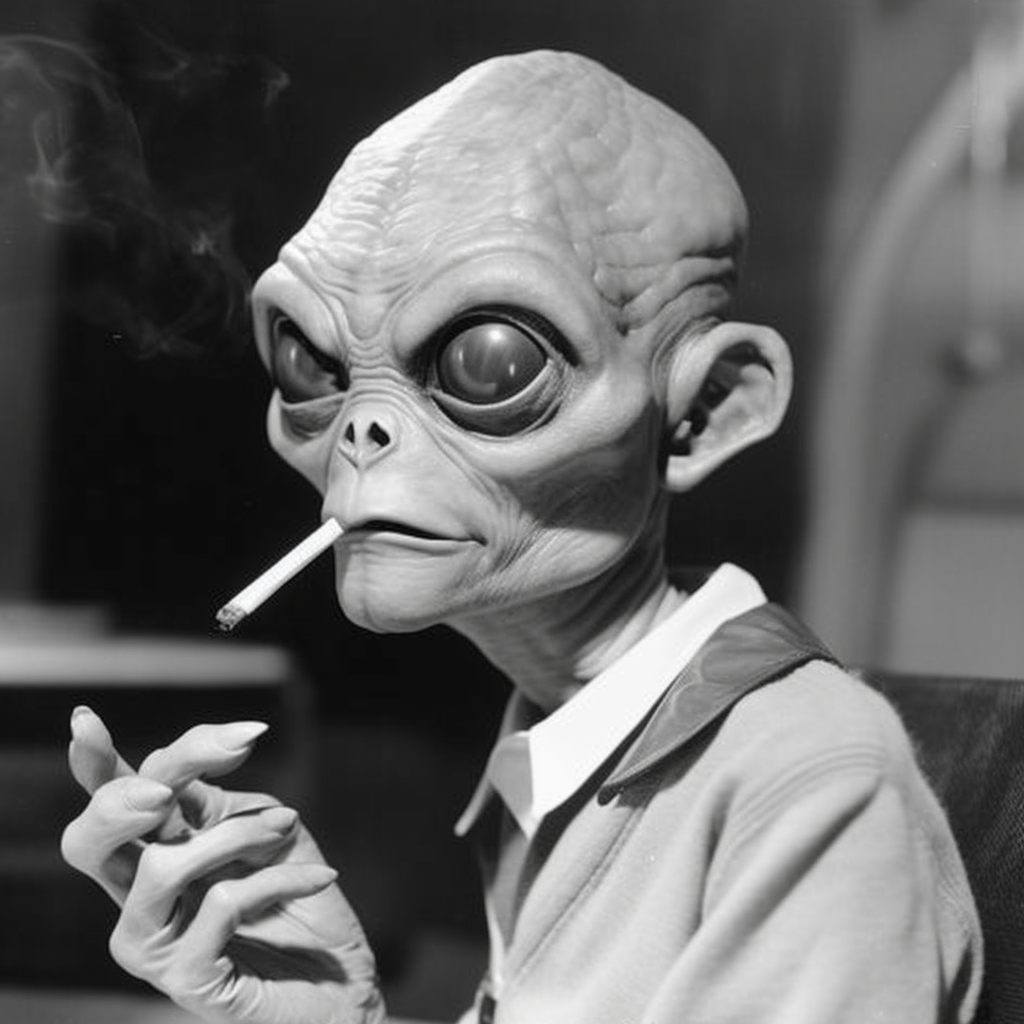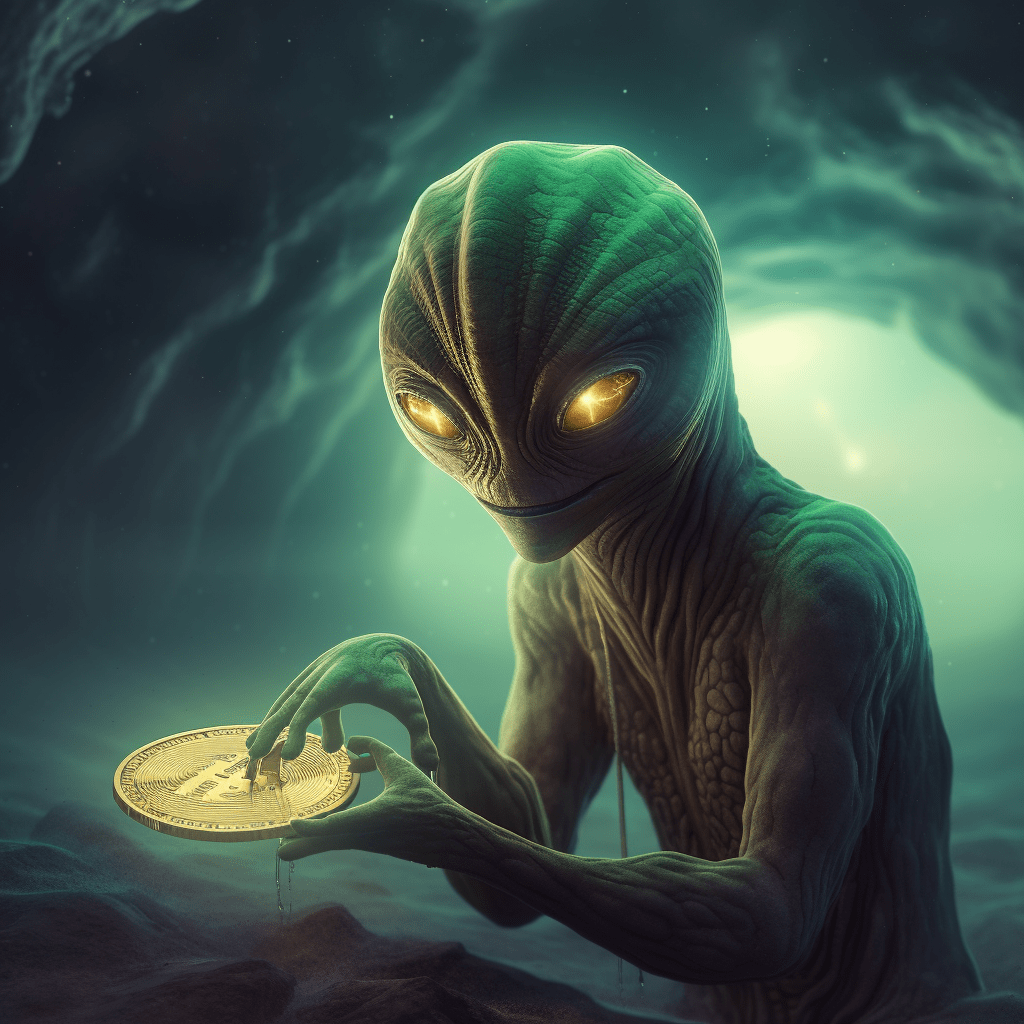It’s a Bitcoin Conspiracy – CoinGeek
If you think the news is fake, how bad do you think the stories are?
A conspiracy theory is like a tangled ball of yarn unraveled by a group of curious kittens, weaving an intricate web of mystery and intrigue—often chaotic, but usually at least somewhat compelling. Some are stories so shocking they make soap opera plot lines seem mundane, involving everything from secret societies to undercover aliens. They are the “who” of alternative explanations, where the clues are often dubious, the logic sometimes stretches reality, and the endings are rarely satisfying.
In short, a conspiracy theory is a roller-coaster ride of suspense and surprise, where you’re never quite sure what’s fact, fiction, or just bullshit.
But a great many conspiracy theories end up being revealed to be true, and this is where true investigative journalism is needed.
Precedent
One of the most well-documented government conspiracy theories later proven to be true is the Watergate scandal. During the presidency of Richard Nixon, a burglary occurred at the headquarters of the Democratic National Committee (DNC) at the Watergate office complex in Washington, DC, in June 1972.
The burglary was carried out by men who were eventually linked to Nixon’s re-election campaign. The Nixon administration initially denied and then tried to cover up the scandal, but investigative journalism by The Washington Post and other media eventually uncovered a vast network of political espionage, sabotage and illegal activities carried out by individuals connected to the White House.

As the evidence mounted, it became clear that high-ranking officials, including President Nixon himself, were involved in the cover-up. This led to a series of investigations, prosecutions and high-profile resignations, including the president’s resignation in 1974.
The Watergate scandal is a good example of a government conspiracy that was initially dismissed as a baseless theory but was eventually proven to be true. It also serves as a reminder of the importance of a free press and the role it plays in holding powerful institutions accountable.
Let’s be a little girlier…
The existence of the MK-ULTRA program only came to light in 1973, when the CIA officially halted the project. Further details of MK-ULTRA were uncovered during a series of investigations by the US Congress in the mid-1970s. In 1975, both the Church Committee and the Rockefeller Commission investigated the CIA’s activities, including the MK-ULTRA program, and exposed a number of unethical and illegal practices. These investigations brought the MK-ULTRA program into the public eye and confirmed its reality.

For 20 years, MK-ULTRA was a top-secret CIA program focused on researching mind control, chemical interrogation, and other forms of psychological manipulation. The project was initiated in response to concerns about the possible use of mind control by the Soviet Union during the Cold War.
The MK-ULTRA program consisted of conducting experiments on both animals and humans, often without the subjects’ knowledge or consent. Some of the experiments involved the use of hallucinogenic substances, such as LSD, as well as other chemicals, electroconvulsive therapy, sensory deprivation and various forms of psychological manipulation. The goal was to discover methods to control or influence human behavior for intelligence and military purposes.
Claims of MK-ULTRA were considered conspiracy theories for almost a generation, but they were eventually discovered to be largely true. The CIA was eventually subjected to new oversight and restrictions, and the US government issued formal apologies to the victims of the MK-ULTRA experiments.
What about corporate conspiracies?

The tobacco industry: Tobacco companies suppressed information about the harmful health effects of smoking for decades. They funded research that downplayed risk, manipulated public opinion and lobbied against regulations.
The Volkswagen emissions scandal: In 2015, Volkswagen rigged millions of diesel cars with software to cheat emissions tests. The scandal led to significant fines and charges.
Sugar industry: In the 1960s, the sugar industry funded research to shift the blame for heart disease from sugar to fat. The Sugar Research Foundation even paid Harvard researchers to downplay the link between sugar and heart disease, promoting saturated fat as the main cause.
Purdue Pharma Opioid Crisis: Purdue Pharma, the maker of OxyContin, marketed the drug as safe and effective for chronic pain, downplaying its addictive nature. Their deceptive marketing played a significant role in the opioid crisis, which has claimed thousands of lives in the United States.
What does this have to do with Bitcoin?
For years I have advocated for the Bitcoin community to stand firm against the inherent conflict of interest that exists when Bitcoin-focused developers, managers, exchanges and other businesses take investment money from companies in older payment, financial and banking economies. Aren’t New York Life, CME Group (NASDAQ: CME ) and Mastercard (NASDAQ: MA ) trusted friends with a distributed electronic cash system that seamlessly combines data and money? Of course not! So the fact that they are paying the salaries (through the Digital Currency Group) of the developers issuing soft fork changes to the Bitcoin Core repo should be a giant, glaring, flaming red flag that something has gone terribly wrong!
The wolves are in the hen house!

We know for sure that soft forks cannot resist. Despite promotions that claim you can’t “change the code”, the fact is that the code changes all the time, and the way it changes creates a small block with two options:
1: Upgrade to the latest version to be able to validate transactions
OR
2: “Resist” the upgrade, and be unable to validate transactions.
There is NO OPTION to resist in any practical way, which means there is no reason to run a node at all, and doing so makes a “node operator” nothing more than Maggie Simpson.

But instead of joining me in defending BTC, BCH and then BSV against the onslaught of Silicon Valley and old world finance, little blockers are dancing on bitcoin’s grave calling people like me a “conspiracy theorist” and focusing on non- news such as the existence of the Lightning Sharks agency or Craig’s nefarious plan to spend a ton of money, time and reputational capital to champion deeply unpopular ideas as some kind of “fraud”.
It’s tiring, it’s nonsense and nonsense, and I can’t wait until we move on to the era when today’s “crypto” influencers are laughed off stages globally for their unique blend of incompetence and evil to sell the bitcoin dream to the enemies!

Fortunately, there are still rocks to look under, documents to inspect, and facts to be revealed about the history of Bitcoin, Satoshi, the quiet coups, and the deep-seated corruption that only Bitcoin can solve.
Eventually, the free independent press will also pick up on this, and we will all be better for it.
See: Bitcoin Needs More Sellers
width=”562″ height=”315″ frameborder=”0″ allowfullscreen=”allowfullscreen”>
New to Bitcoin? Check out CoinGeeks Bitcoin for beginners section, the ultimate resource guide for learning more about Bitcoin – originally envisioned by Satoshi Nakamoto – and blockchain.


